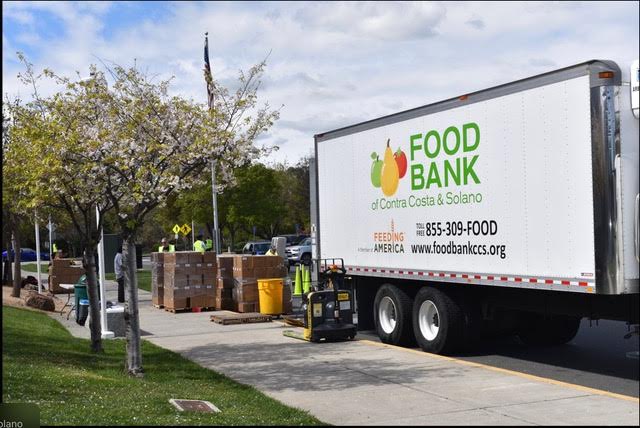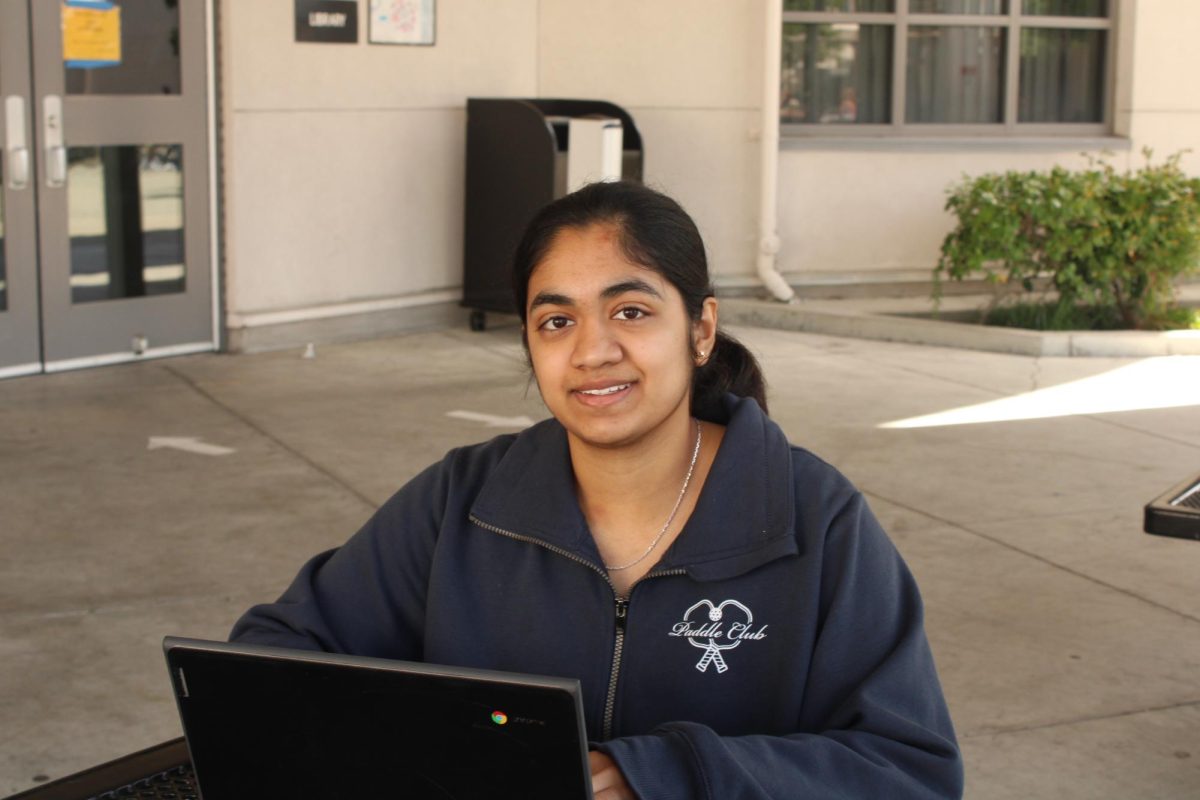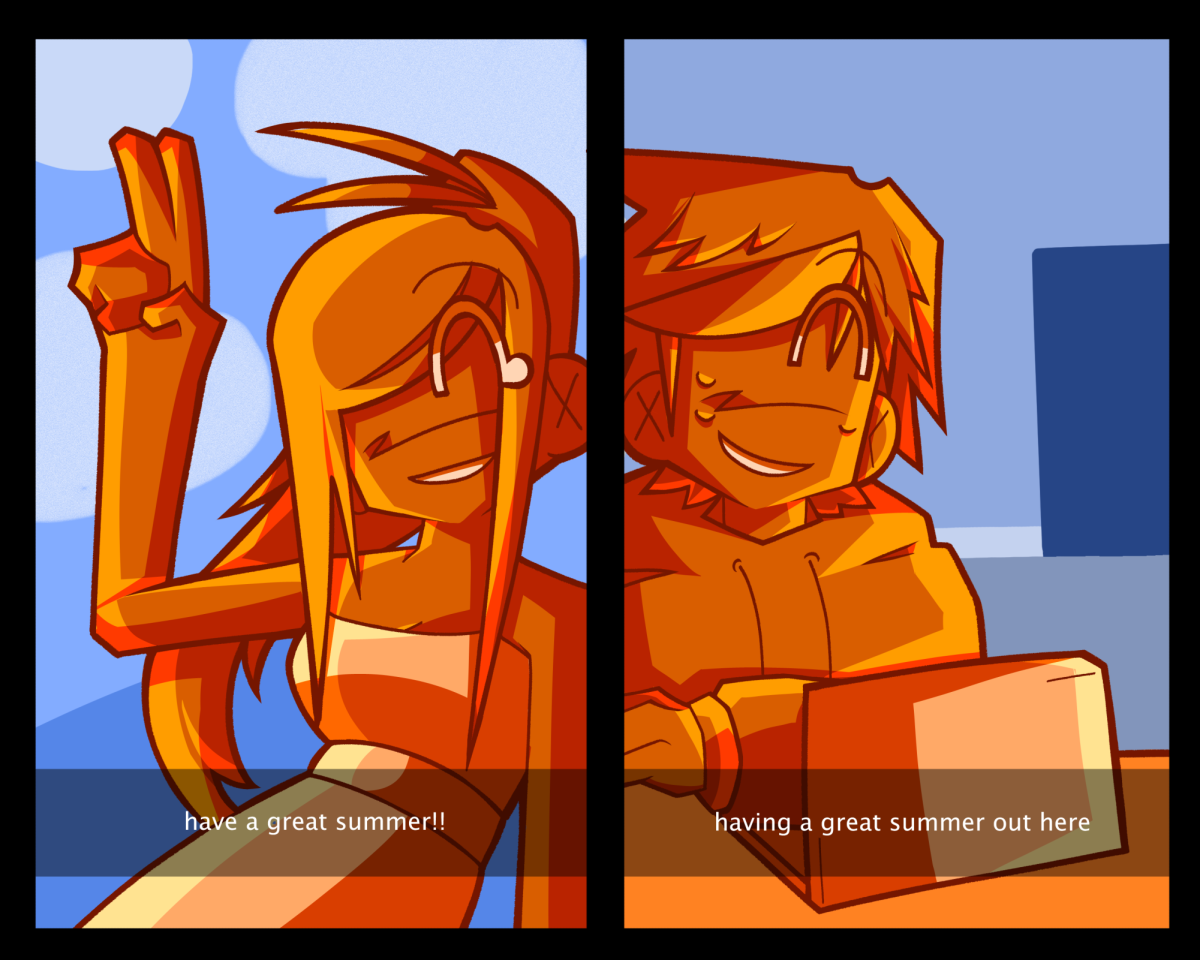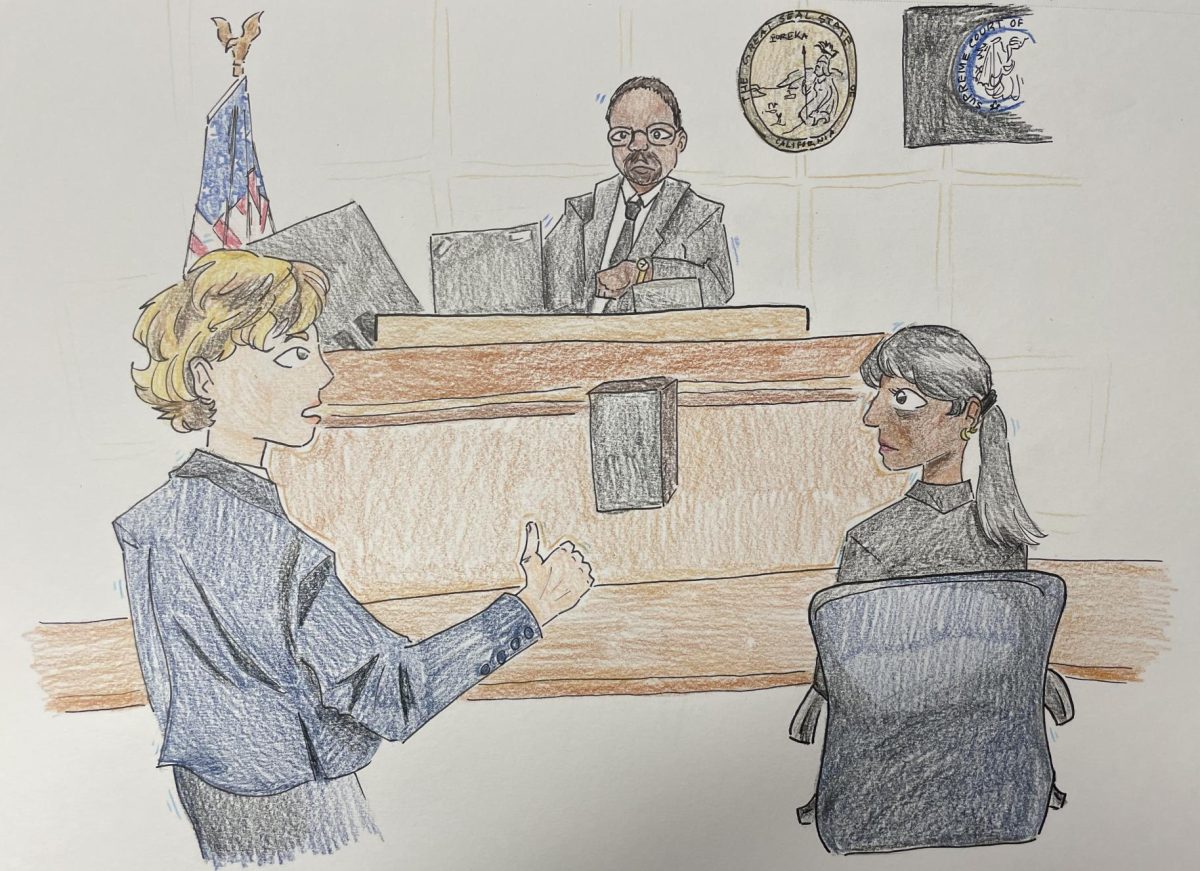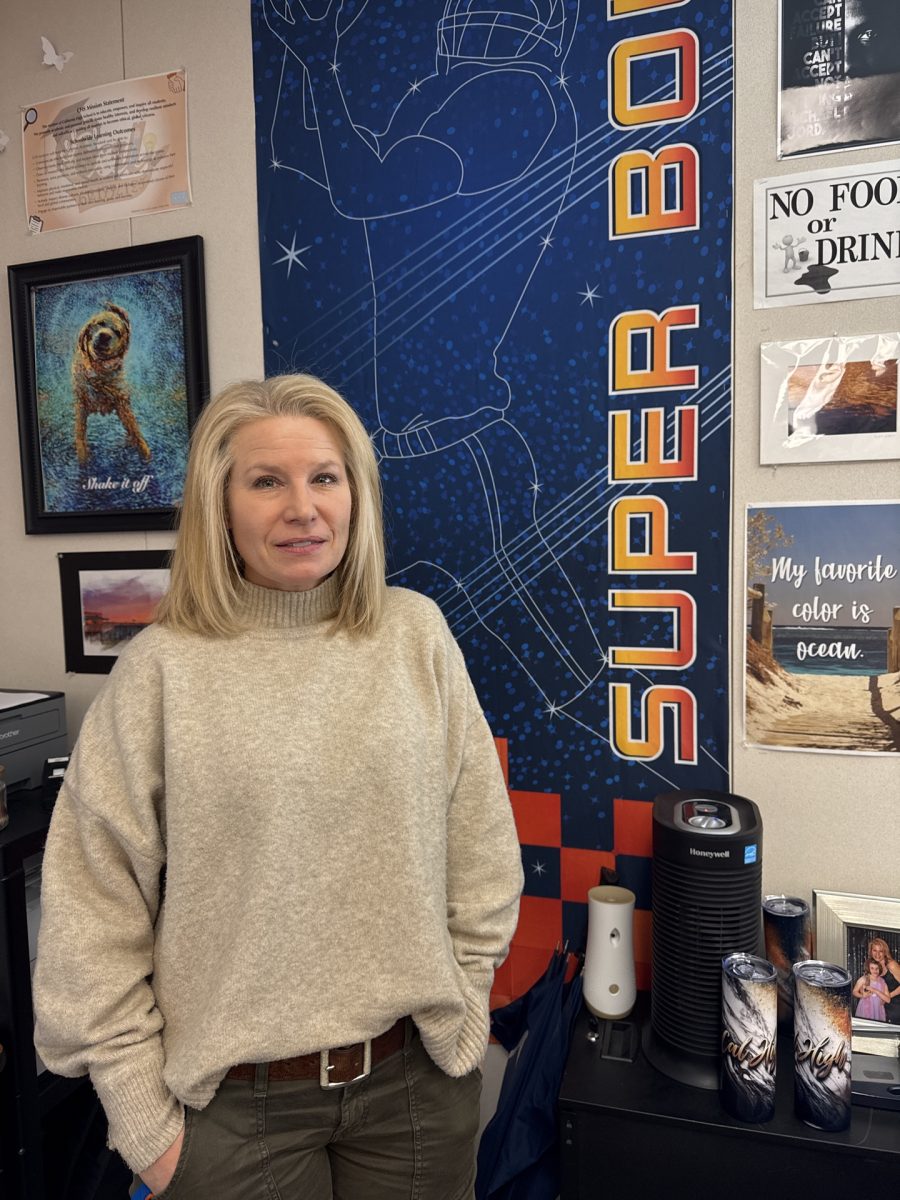Imagine hearing a knock at the door and seeing a police officer is standing outside, waiting to say that a loved one will not be coming home.
But the worst is yet to come. This accident was 100 percent preventable.
In 2010, the National Highway Traffic Safety Administration reported that 10,228 people died as a result of a drunk driving related accident, amounting to 31 percent of collision deaths that year.
Cal High administrators are bringing Every 15 Minutes back late next month to help students avoid becoming one of those statistics.
Every 15 Minutes, which has not been presented on campus in at least five years, is dedicated to teaching teenage drivers about the dangers of drinking before getting behind the wheel.
“The name Every 15 Minutes came from the 1990s, and the statistic was that every 15 minutes, there was a drunk driving related accident,” said math teacher Jenna Ray, who is coordinating Every 15 Minutes. “Now the statistic is about every 30 minutes, but it is still so prevalent.”
Every 15 Minutes puts together simulated car accidents using real students who play the parts of a drunk driver, victim, and “living dead,” people who represent the dead involved in an alcohol-related accident that can occur in 15 minutes.
Students participating in the simulation do not attend class, but instead act as though they have died. Throughout this two-day program in March students will be aware that this is a simulation and not a real event.
A student would be removed from class every 15 minutes and is not allowed to communicate with anyone else on campus the rest of the day to make the simulation more realistic.
Ceres High School in the San Joaquin Valley participated in Every 15 Minutes last October. The school has hosted the program every other year since 2000.
“We stage an accident scene out on the road and the students find out about it that morning,” said Leslie Tate, Ceres High’s office manager.
“A Grim Reaper is picked by a committee and they pull a student out of class every 15 minutes,” said Tate. “They talk to the kids beforehand and the kids are put in a room until the accident has taken place.”
Later in the day, a simulated collision with a damaged car provides an up-close look of the realities of what it is like to see and be a part of an accident related to drunk driving.
Police officers and firefighters also treat the collision as though it were serious, which means the student playing the role of the drunk driver will be arrested and transported to the police department to be booked as a drunk driver.
Students begin to realize the real dangers and consequences of drunk driving when they are asked to write a letter to their parents explaining their death.
“The second day is a memorial service, and it is a very emotional time for the students,” Tate said the assembly that is put together the second day to recreate a memorial service for the students who “died.”
Ceres High wants students to understand the true dangers of drinking and driving. Although Cal High has not recently presented Every 15 Minutes, other drunk driving related programs have been shown in assemblies in the past.
“We had a powerful assembly where a woman came and spoke when her son had passed away, and his best friend came and spoke,” said leadership teacher Scott Corso.
Cal will present this program in late March before junior prom and senior ball with the hopes that students will make better choices the night of those dances, as well as in the future.
“My main goal with this is to [bring] awareness to the students and hope that they make smart choices,” said Ray. “It was my desire to bring it back to educate students on possible consequences from drinking and driving.”
